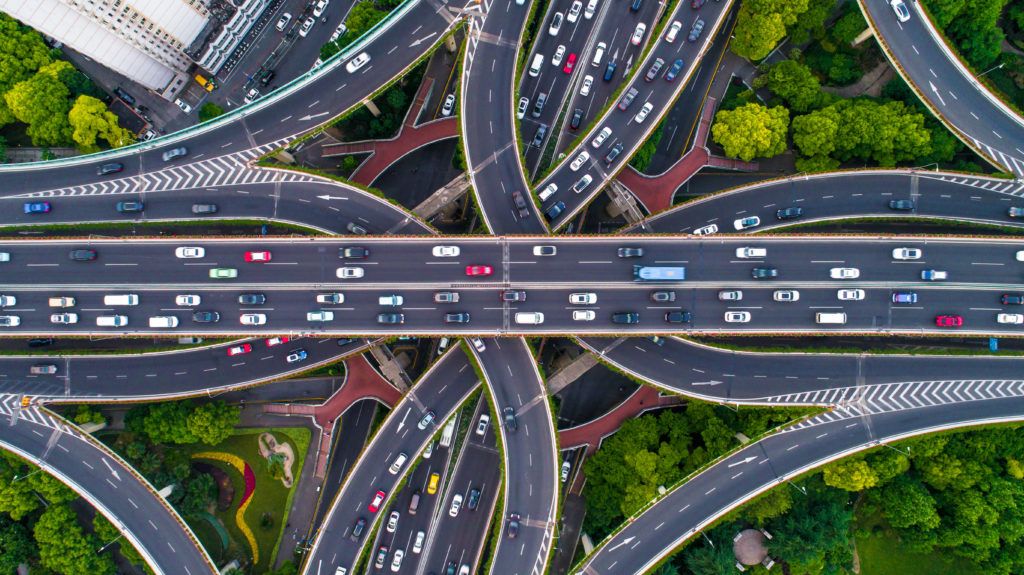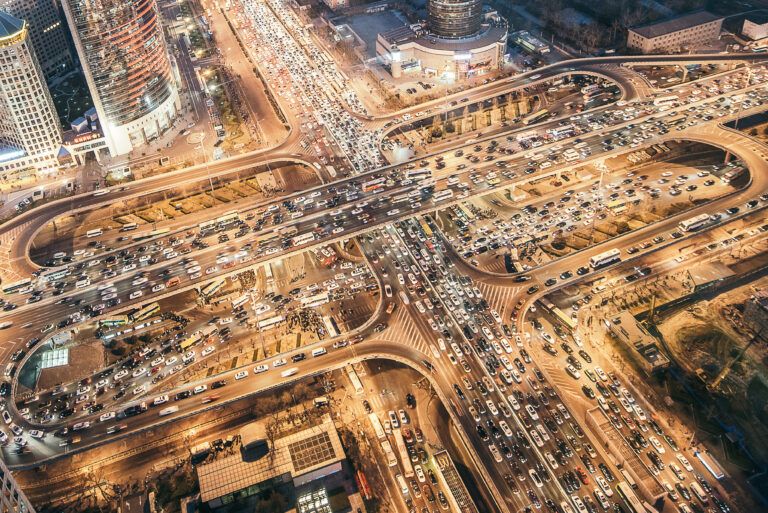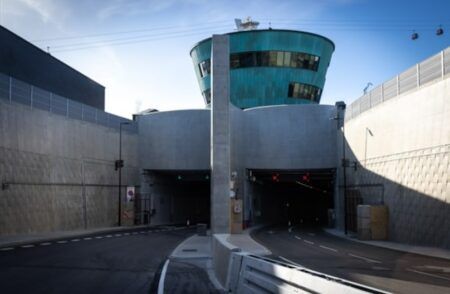 By Andy Taylor, senior director, global strategy, Cubic Transportation Systems
By Andy Taylor, senior director, global strategy, Cubic Transportation Systems
The tedious cycle of congestion in cities and regions today will only become exacerbated as people return to the workplace.
The more traffic you have on the road, the congestion problem increases and spills over from highways to arterial roads. These are the same roads that public transit buses often use (unless they have dedicated bus lanes), which impacts both the quality of service and schedule adherence. These factors create a cycle that spins like this: congestion gets worse, commute times go up on public transit and the road network, customer satisfaction goes down, people change their modal choices away from public transit, and that, in turn, increases congestion.
Yes, it’s an oversimplification of a global problem, but one that cities are having to address. With the addition of Covid-19 risks impacting traveler choices, many cities are experiencing an increase in single-use private vehicles and congestion, while public transport operators are seeing ridership levels down by up to 80%. So how do we break this vicious cycle of congestion and how do cities take control of their transport networks?
Tip 1: Manage transport services and the road network in a holistic manner
First, the city or region must manage the public transport services, the private mobility service providers, and the road network in a coherent and holistic manner. Realizing that the different networks form a symbiotic relationship acknowledges the impact that one mode can have on another.
A practical example of this was when a public transport bus caught fire on the Sydney Harbor bridge in September 2016. Due to lack of communication, planning and integration between private and public transport operators, further chaos resulted across public and private modes, including lines of thousands of people at Circular Quay looking to get ferries away from the area and across the bay.
To counter this, Transport for New South Wales implemented its Integrated Congestion Management Program (ICMP) to collate data across all available transport modes to provide a wide lens view into the operations of the entire region. The ICMP strives to break down data silos and allow for confidence and efficiency in decision-making.
Tip 2: Constantly evaluate demand versus capacity
Secondly, when cities start to understand the current demand, they need to look at methodologies to re-balance that demand on infrastructure to ensure it doesn’t outstrip the available capacity. There are many methods to achieve this, such as tolling on the road networks with congestion zone pricing and disincentivizing suburban-urban drivers at peak times by offering price differentials on public transport for peak and off-peak times.
Take London, for example. After initial push back from residents and businesses, the Congestion Zone achieved marked reductions in traffic in the center of London, decreased pollutants and freed up the city to help improve public transport service delivery. London saw a 30% decrease in excess travel time, helping to reverse the cycle of congestion.
In today’s world grappling with the aftershocks of Covid-19, shifting the peak for public transport to avoid overcrowding should be another goal when addressing demand on infrastructure. This solution for incentivization is showing benefits already for Miami-Dade, where more than 60% of travelers using the Miami Go App have signed up for this loyalty program. By offering targeted incentives to specific travelers, Miami-Dade County has implemented tools to shift demand in the network and smooth peaks in travel.

Tip 3: Coordinate the modes for holistic multi-modal journeys
Third, to optimize demand, the local agency, authority, or city must manage the number of stakeholders who are providing mobility in the region. Private mobility service providers (PMSPs) such as bike share, scooter share, ride-hailing, demand responsive transport and car share have a critical role to play in augmenting the mobility services provided by the public transport network. They need to become a feeder network to drive use of the public transport system, as well as augmenting areas where transit is sparse.
However, the city needs to own and manage a platform that offers an agnostic solution to deliver equity across all stakeholders and enable Mobility as a Service (MaaS) and Mobility On Demand (MOD) to function effectively. The local agency must have the ability to regulate when and where private mobility service providers can operate to offer a balanced level of mobility services that drives and connects consumers to public transport systems.
Tip 4: Consider corridors and intersections in urban planning
Lastly, we also need to consider the micro or street level. Management of corridors and intersections is critical to keeping the private vehicle operator, the public and private transport operators, and the cyclist and pedestrians safe and moving. Artificial intelligence and machine learning are driving intersection management solutions to deliver optimized flows within the city.
When combined with real-time data from public transport providers and using advanced data analytics, a city can take vehicle locations and automatically change signal priority by optimizing the flow of public transportation, ensuring the bus makes its scheduled stop and that the passenger arrives at their destination as planned.
The city of Merida, Yucatan (Mexico) recently partnered with Cubic, for instance, to implement a solution across 60 intersections and on 1,500 buses. Real-time bus positioning information will be used to give signal priority to transit vehicles. By utilizing Cubic UmoIQ’s predictive bus stop arrival software, the system will analyze whether the transit vehicle is ahead or behind schedule and appropriately manage the signal, ensuring the transit vehicle maintains its schedule. Investing in corridor and intersection management is the foundation to an allowable volume-to-capacity ratio and a high safety and confidence level in active transportation users.
To sum it up, MaaS and MOD play a vital role in our cities bringing together public and private modes to offer complete end-to-end journeys for their citizens. As for travelers, they must have an optimum suite of services that enable equitable access to all areas of the city. Only then will a city and the individual traveler in that city be in complete control of their mobility.





